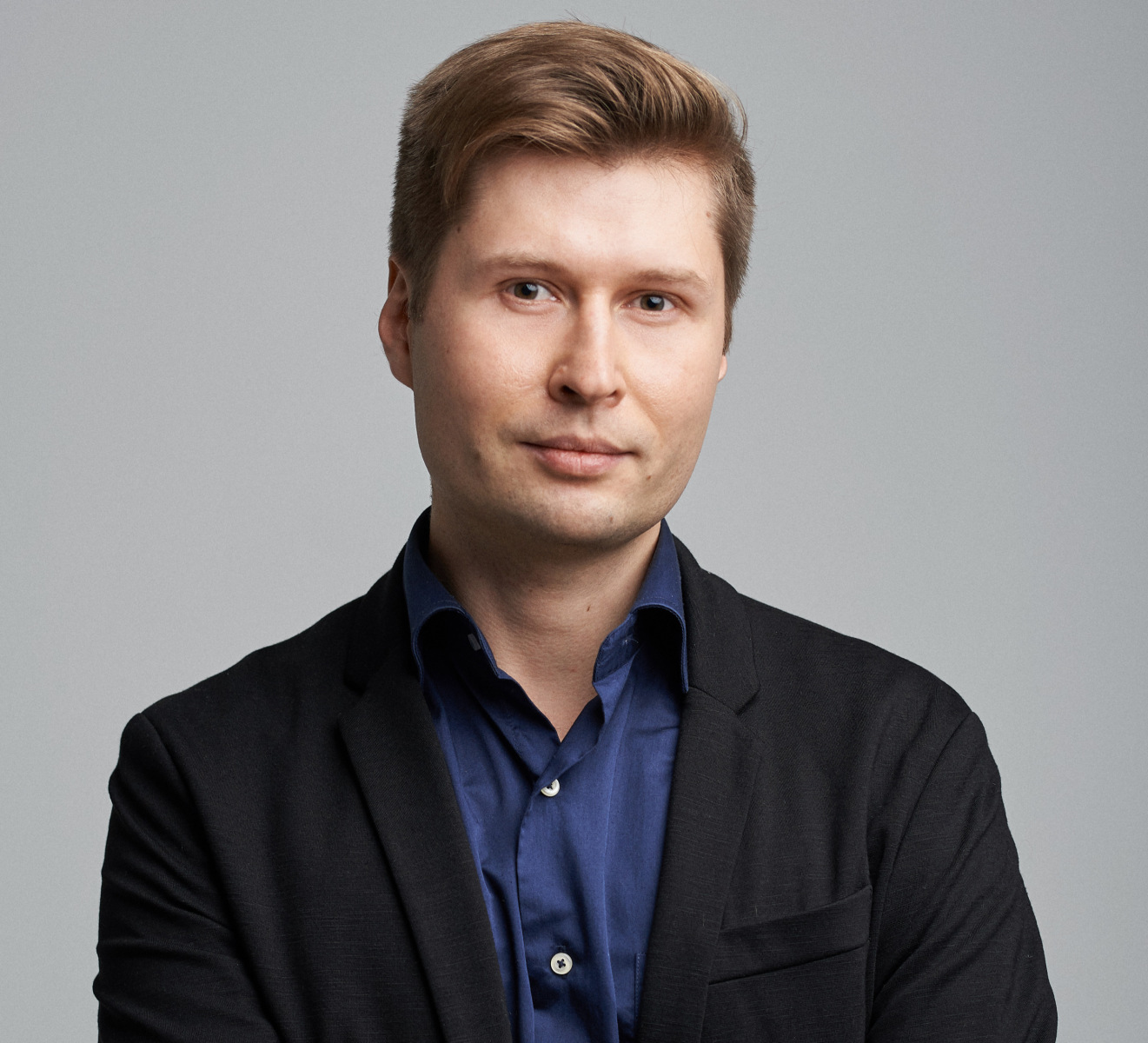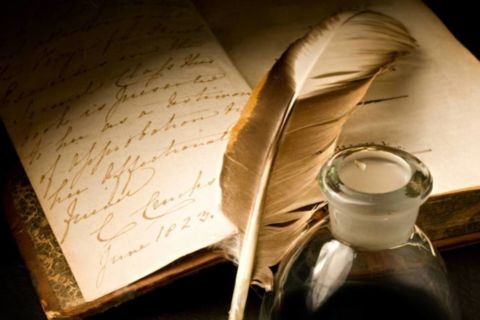World Poetry Day, a holiday of masters of the pen and everyone thanks to whom we contemplate the eternal, is celebrated on March 21st. Evgeniy Smyshlyaev, teaching staff member and Associate Professor of the SUSU Department of Russian Language and Literature, Candidate of Sciences (Philology), and literary critic speaks about the specifics of modern poetry, trends in its development, classical poems, and much more.
– Why are predominantly classical poems of the 19th and early 20th centuries considered to be immortal and admired by almost everyone?
– There are several possible answers to this question and each of them will be correct. First, it takes time for something to become really good and valuable. This applies to literature in general and poetry in particular. Over time, if we take a look from far off, we will understand what contribution this or that author has made, analyse the weight of it, see the history of the development of particular authors, their paths, and see how, from generation to generation, they influence other poets, including contemporary ones, and how valuable this contribution to literature and poetry is. This is the case with such legendary authors as Aleksandr Pushkin, Mikhail Lermontov, poets of the Silver Age, such as Anna Akhmatova, Nikolay Gumilyov and Marina Tsvetaeva. They were not famous at the time when they lived, but now almost everyone knows their names. Because, looking at them from the point of view of our time, at how they have influenced the poetic tradition for decades and centuries, we can confidently say that they are masters of their craft.
– Everyone knows this catchphrase about Pushkin, that he is the “sun of Russian poetry”. Could you tell us, why it is namely him, and why he is primarily referred to as a poet since he also wrote prose?
– Of course, this is thanks to the Onegin stanza and Eugene Onegin, a novel in verse. It was a real innovation, an epic masterpiece, a colossal work that is known and read in all countries of the world. Judging from its volume it is like a novel, but in was written verse: very subtly, concisely, interestingly, understandably, with linguistic transformations and expressions that were used in speech in the 19th century, and it is easy and simple to read both in the 20th and 21st centuries. Of course, thanks to this, Aleksandr Pushkin is more recognized as a brilliant poet. Moreover, if we compare the volumes of his poetic and prose creative works, poetry will prevail.

– What factors fundamentally distinguish poetry from prose?
– To put it simply, the main difference factor lies in the arrangement of the text: everything that is written vertically in a column is poetry or poems, and horizontally in a line is prose. From the point of view of literary criticism, this is called “double text segmentation”.
A poem may not have some of the important and familiar components to readers, such as rhyme, rhythm, but still can be considered as poetry. For instance, there is no rhyme in free verse. And also, a poem may lack rhyme, but it will be rhythmically ordered and have a metrical foot: this is called blank verse.
In addition, I will say that, unlike a prose text, a poetic text is more packed with images; in poetry it is necessary to more capaciously and skilfully convey the special states of the lyrical hero, the inner world, and the events taking place.
– Many people think that good works, including poetry, are not being published now, and therefore, such a thing as “modern poetry” does not exist. Can you dispel the myth and tell us why people think this way?
– I believe it is mostly connected with the fact that school literature curriculum, as a rule, stops at the 20th century, namely at the Silver Age. If the school curriculum includes the OBERIU writers (that is, members of the Union of Real Art), such as Daniil Kharms, Alexander Vvedensky, and the poetry by Genrikh Sapgir and the Lianozov school as well, then this is already something outstanding. More often we come across the first option, hence the opinion that there is nothing else there, and modern poetry doesn’t exist. After finishing school, people study and then work according to their speciality, so few delve into further analysis of modern poetry. Hence the myth that there is nothing good out there. But in reality, this is far from true.
Modern poetry is definitely doing well, moreover, in every region, too. Our wonderful project of the Virtual Museum of South Ural Writers is a proof of that. We have a website and a group of the same name on VKontakte. By the way, our website has already posted information about 10 authors, including biography, creativity path and analysis of creative works. In the future, we are planning to expand the project and talk about all the South Ural poets, of whom there are currently more than 30. These are authors from Chelyabinsk, Troitsk, Kyshtym, Magnitogorsk, and other cities in our region. Now, with Master’s students of our department, we are working on a timeline about the history of poetry and prose of the South Ural region: the end of the 19th, the entire 20th and 21st centuries. We are creating this in order to show who and how of the poets worked, what studios, publishing houses and magazines there were.
– Then what is the specific feature of modern poetry?
– Modern poetry is very diverse, with different directions, trends, genres, and styles. But the main thing that exists and will always remain is the continuity of generations. Poets follow some traditions of the Silver Age, the Golden Age, follow the traditions of the Lianozov school (1950–1970s), as well as, for example, Moscow Conceptualism (1970–1990s). For a good poet and good poetry, it is necessary to know and read your predecessors because in order to create something new and interesting, you need to know what came before you, skilfully use it and transform it. As an example, we can cite the work by our Chelyabinsk poet Yanis Grants. In many of his poems, he demonstrates a literary connection with his predecessor, Daniil Kharms, quotes him, uses similar techniques, and turns to the poetics of the absurd. At the same time, Yanis Grants’ poems are about the modern world, about our time and often about our city, Chelyabinsk. If readers of the interview decide to take a closer look at his work, they will not regret it! So, returning to our question, I think that the main feature of good modern poetry is the skilful combination of tradition with new trends, including technological ones (digital poetry, neuropoetry, video poetry, etc.).
– How, in your opinion, has poetry changed by now, and what development trends await it?
– As for new trends, they are often connected with technologies. In any era, something new appears, be it a typewriter or a computer. For example, such poet as Dmitry Prigov at the end of the twentieth century experimented a lot with visual poems, creating them using a typewriter. Such poems of his were called stichograms.
.jpg)
AYa stichogram
Of course, even now modern authors use technologies, including neural networks. And also chatbots, that create poetic texts in collaboration with them. In addition, there are such areas as video art, video poetry, and sound poetry. Technologies undoubtedly have their influence, but the essence of poetry always remains the same: to make discoveries, develop language, the inner world of a person, help people better understand each other and treat each other with better understanding and compassion. In poetry, an attempt at involvement, reflection on man and the world is always important, and it still remains and will remain (even in the age of technologies) because this is the basis for poetry: understanding human beings, ourselves, and the world around us.




